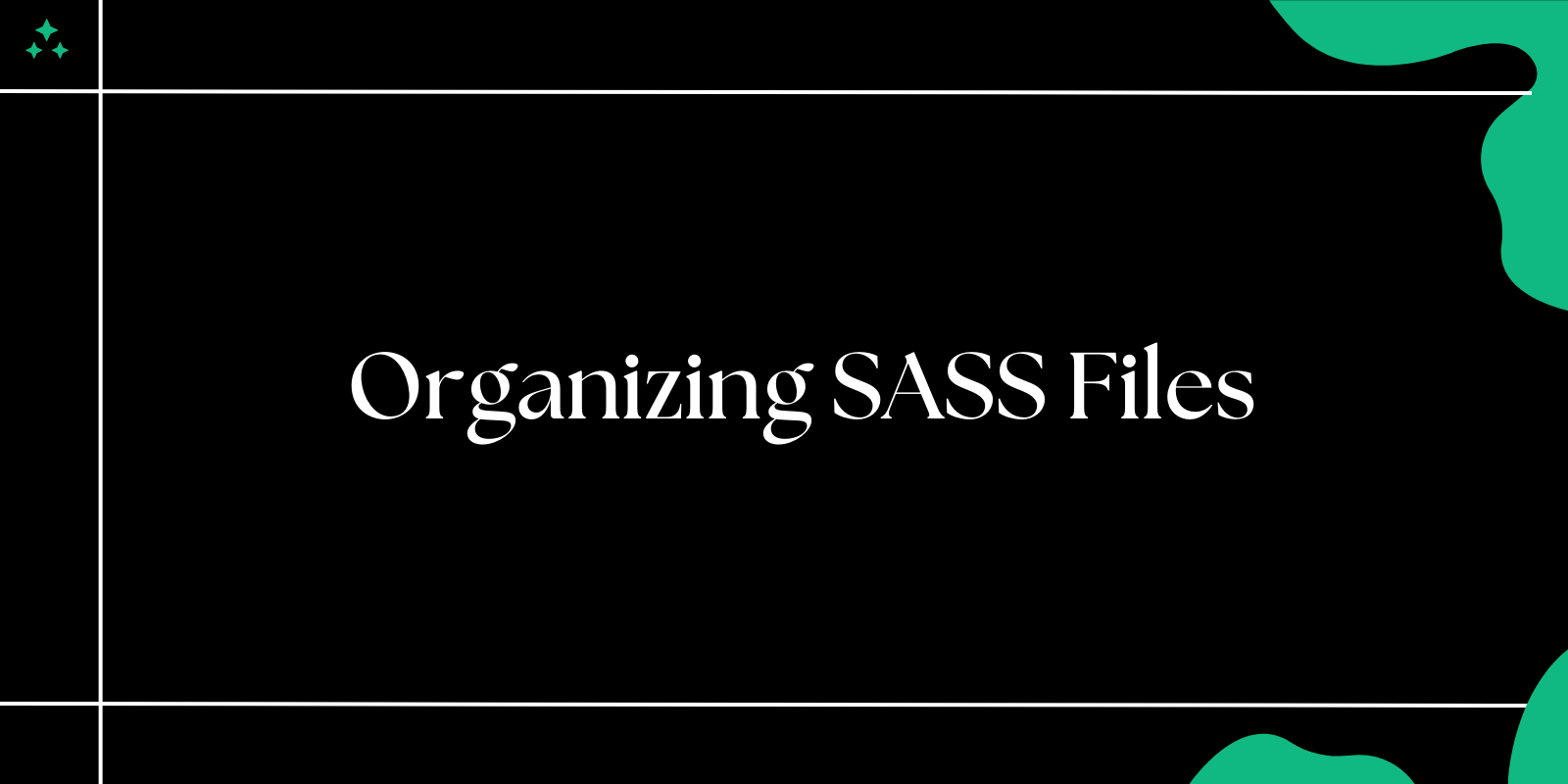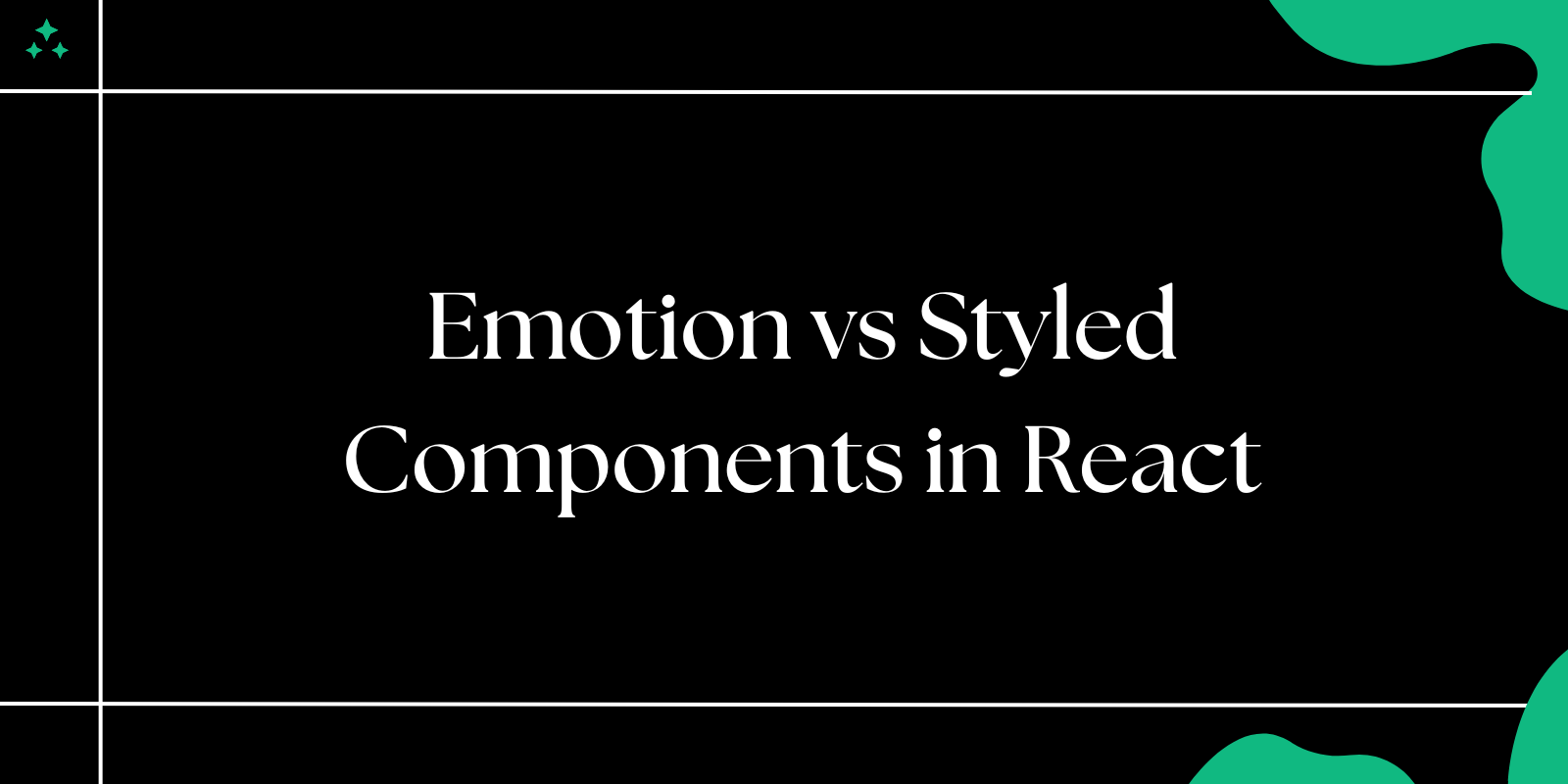Introduction
SASS is a powerful preprocessor that enhances CSS with features like variables, nesting, and mixins. However, as your project grows, organizing your SASS files becomes crucial to maintain readability and scalability. A modular approach can help you structure your files effectively.
In this blog, we'll explore the best practices for organizing SASS files.
1. The 7-1 Pattern: A Common Structure
The 7-1 pattern is a popular way to organize SASS files. It involves splitting files into seven folders and one main file to import everything.
Folder Structure
my-project/
├── styles/
├──── abstracts/
├──── base/
├──── components/
├──── layout/
├──── pages/
├──── themes/
├──── vendors/
├──── .main.scss
Explanation of Folders
- abstracts/: For variables, functions, and mixins.
- base/: For resets and global styles.
- components/: For buttons, cards, and other reusable components.
- layout/: For grid systems, headers, and footers.
- pages/: For page-specific styles.
- themes/: For theme-specific variables or overrides.
- vendors/: For third-party libraries.
2. Using Variables and Mixins for Consistency
Store reusable values and logic in the abstracts folder.
Example: _variables.scss
// abstracts/_variables.scss
$primary-color: #3498db;
$secondary-color: #2ecc71;
$font-stack: 'Roboto', sans-serif;
Example: _mixins.scss
// abstracts/_mixins.scss
@mixin center-flex {
display: flex;
justify-content: center;
align-items: center;
}
3. Organizing Component-Specific Styles
Each component should have its own SASS file for modularity.
Example: _button.scss
// components/_button.scss
.button {
@include center-flex;
background-color: $primary-color;
border: none;
padding: 10px 20px;
color: white;
cursor: pointer;
}
4. Importing Files into main.scss
The main.scss file imports all other SASS files, making it the single entry point.
Example: main.scss
@import 'abstracts/variables';
@import 'abstracts/mixins';
@import 'base/reset';
@import 'components/button';
@import 'layout/header';
@import 'pages/home';
Benefit: Keeps your styles organized and avoids duplication.
5. Advantages of a Modular Approach
- Scalability: Easy to manage styles as the project grows.
- Reusability: Share components and utilities across different projects.
- Readability: Clear separation of concerns makes it easier to navigate the codebase.
Conclusion
Adopting a modular approach to organize SASS files ensures your CSS remains maintainable and scalable. By leveraging the 7-1 pattern, using variables and mixins, and separating concerns, you can create a clean and efficient stylesheet architecture for your projects.
Start structuring your SASS files today to save time and reduce complexity in your CSS!



